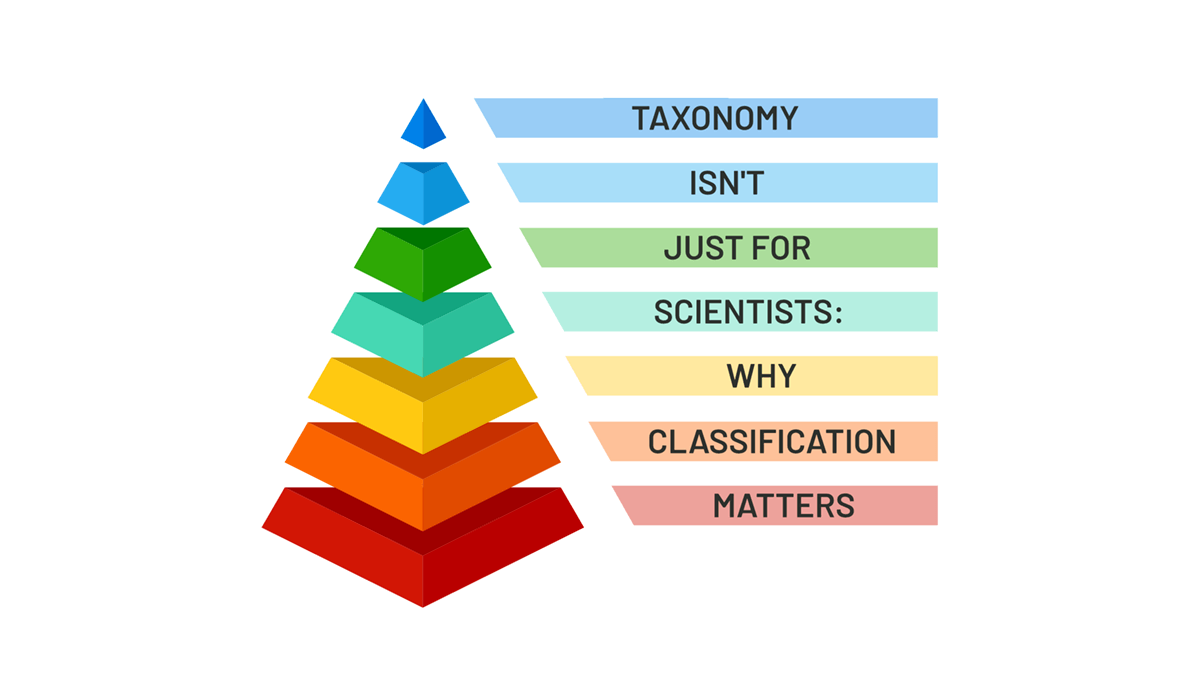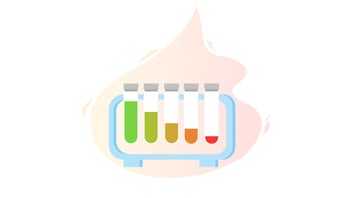A rose by any other name might smell as sweet, but it wouldn’t be classified correctly when it comes to spend management. Though it’s not glamorous, taking the time to craft (and adhere to) a proper spend taxonomy for your life sciences or biopharma organization is crucial.
- Taxonomy is the process of naming and classifying things such as animals and plants into groups within a larger system, according to their similarities and differences.
- Procurement spend taxonomy is the process of aligning goods and services purchases to specific spend categories for strategic decision making.
Why does classification matter?
Let’s say the lab hears their usual supplier is increasing the price of open-ended pipettes, which will negatively impact the budget. They ask you and your procurement team for help. First, you need to know how much leverage you have, so you ask the lab to pull their past open-ended pipette spend. Turns out, they only track by overall pipette spend, which includes multiple pipette types and suppliers. Now, you must comb through the invoices and reclassify the data into specific pipette categories, noting the supplier of each purchase. You can now attempt to negotiate with the supplier based on volume. But, if you had a procurement taxonomy worked out in advance, you would be able to access that data much faster.
Words matter. It’s all about how you collect (and classify) the data.
A robust category spend database should:
- Cover all indirect and direct spend categories. Indirect spend refers to everything required to operate the business that is not related to manufacturing the main products / services, such as facilities, marketing, and IT. Direct spend pertains to purchases directly incorporated into the good / service being manufactured, such as raw materials and packaging.
- Pull from a centralized source, such as a procure-to-pay (P2P) platform and/or Enterprise Resource Planning (ERP) system. Data pulled from the general ledger won’t cut it.
- Classify all expenditures by standardized naming conventions that are used by all staff.
- Include purchase level data, such as goods / services type, supplier (past and present), unit price, past and current usage, site location and cost center.
Proper spend classification enables procurement / sourcing to:
- Slice, dice, pull and analyze data into key segments, such as by part, by supplier, by site, by year, by project, or by team.
- Identify and minimize longtail spend.
- Highlight year over year spend trends.
- Facilitate decision making, negotiation, and supplier management.
The two most time intensive parts of building a spend database are the initial set-up (finding where the data is scattered all over the organization, pulling the raw data, classifying the data, and cleaning it) and the maintenance (making sure that all future purchases are funneled to the same place and classified correctly). A spend analytics dashboard, like the one offered by ZAGENO, an eCommerce marketplace, can alleviate pain points with its real-time spend breakdowns according to category and sub-category, time frame, supplier, user, cost center and project codes.
So, while it may be tempting for procurement or the lab to quickly input “pipette” as the catchall part type on the next purchase order, take the time to classify the spend in a meaningful, strategic way. A little bit of extra work now will save a lot of time (and money) later.




